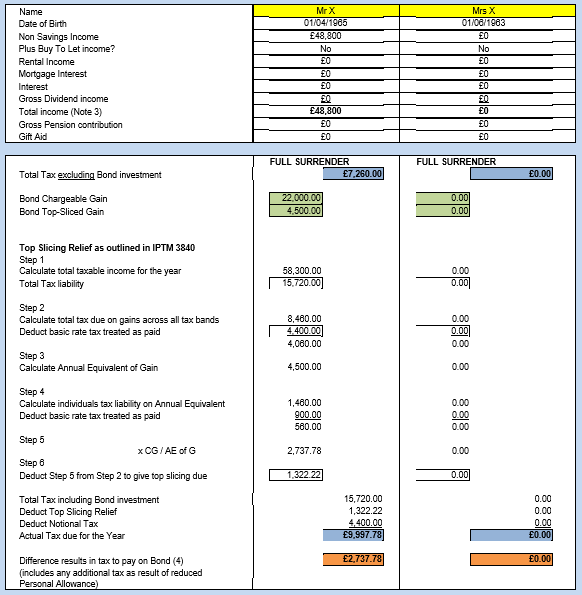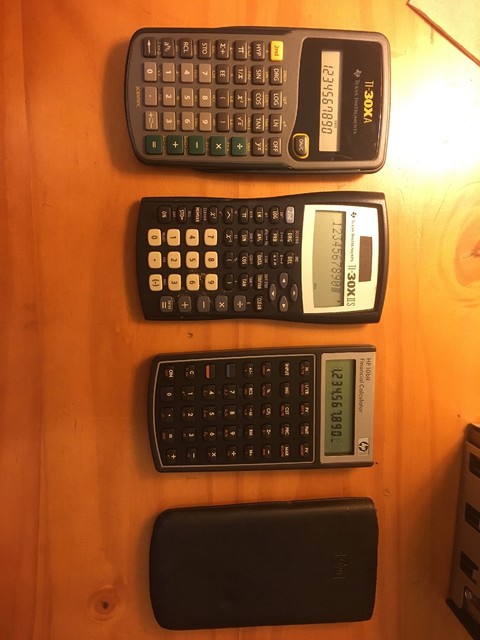

- #Multiple timecode calculator full#
- #Multiple timecode calculator pro#
- #Multiple timecode calculator plus#
- #Multiple timecode calculator download#
- #Multiple timecode calculator free#
If you don't want to download from the Mac App Store then FrameCalculator is available from the Pomfort website as well. I don't understand why this isn't a more expansive tool since Pomfort's tools specifically mention “support for Alexa, RED, Canon and ProRes field recorders.” Oh well, it is free.
#Multiple timecode calculator full#
One thing that is missing is a full selection of codecs as all FrameCalculator offers is uncompressed, no ProRes or DNxHD: Get an idea of your file transfer times with FrameCalculator. Video data calculators quite common but I don't think I've ever seen one with data transfer time estimates. One cool thing you can do with FrameCalculator that would be great to be expanded upon is a data calculator with data transfer times. At least it tries to alert you in red when you mistype something. I feel like I might be missing something with the way the expressions are supposed to work (there is a syntax page to help understand) but it seems to me I should be able to type 1… + a value and be adding time to a 1:00:00:00 timecode. With FrameCalculator you have to actually type the colon between numbers until you get to the frames and then you type a period before the frames. While this sounds cool in theory it suffers from something similar to the calc above in that it requires way too much effort to enter timecode numbers. FrameCalculator is a bit different that most timecode calcs in that it uses expressions and allows you to enter entire + and – calculations (among other things). You might recognize them from the workflow tools SilverstackSET and LiveGrade. That could be a lot quicker so I hope the developers work on that.įrameCalculator comes from the folks at Pomfort. But in this app it takes this: 0 1 tab 0 0 tab 0 0 tab 0 0.

So entering 1:00:00:00 should be this: 1… and that's it. Most timecode calcs also let you use the period on the keypad to enter double zeros. Hour, tab, minute, tab, second, tab, frame etc. Have searched and searched online but cant see anything that even. Working in adobe acrobat forms, I need to create a calculation script to calculate the difference between a start time and end time and display the result in another field. With this app you seem to have to hit tab between every set of numbers in a timecode field. I have a client who uses smpte timecode (hh:mm:ss:ff) when editing videos. The biggest problem I see with this app is that it ignores one of the most common ways of entering timecode that's using the keypad on the keyboard and not have to enter the colons or tab to the next field. Got a MIDI-based timecode input? NLA Timecode Calculator can grab timecode from that. What might be interesting to some is the app's ability to use MIDI to “grab operand values from MIDI timecode supplied from either a hardware MIDI interface or a network connection.” That seems like a bit of an advanced features for a freebie app but it's there if you need it.

There's an option to swap the values in the two timecode entry fields as well as a place to set your frame rate.
#Multiple timecode calculator plus#
You type in a timecode, choose a plus or minus for the calculation and hit Calculate. It comes from a company called Non-Lethal Applications and is relatively simple in operation. The first of the freebie timecode calcs I tried seemed the most normal.
#Multiple timecode calculator free#
It's hard to criticize a free tool but a couple of simple tweaks could make both of these things quite a bit more usable. NLA Timecode Calculator (both of these are Mac App Store links) and another called FrameCalculator. A search for the word timecode reveals a couple of free options. Where's the first place you think to look for a Mac app these days? Why the Mac App store of course. The timecode calculator has long been a part of Avid Media Composer and it's useful to have around.
#Multiple timecode calculator pro#
Before this moment millions of applications will need to either adopt a new convention for time stamps or be migrated to 64-bit systems which will buy the time stamp a "bit" more time.I've recently moved back into good old Final Cut Pro 7 for an lengthy edit and I've found myself missing a handy dandy timecode calculator. On this date the Unix Time Stamp will cease to work due to a 32-bit overflow. This is very useful to computer systems for tracking and sorting dated information in dynamic and distributed applications both online and client side. It should also be pointed out (thanks to the comments from visitors to this site) that this point in time technically does not change no matter where you are located on the globe. Therefore, the unix time stamp is merely the number of seconds between a particular date and the Unix Epoch. This count starts at the Unix Epoch on January 1st, 1970 at UTC. The unix time stamp is a way to track time as a running total of seconds.


 0 kommentar(er)
0 kommentar(er)
